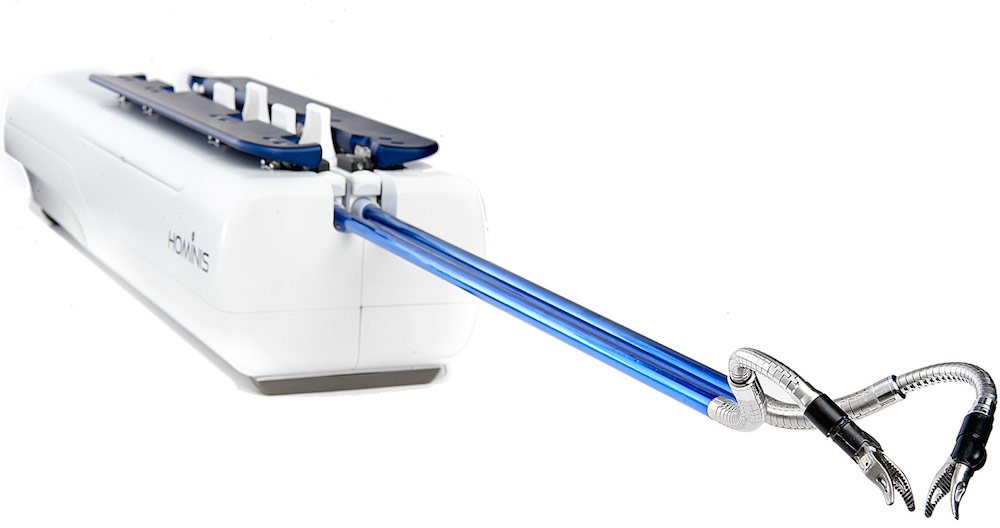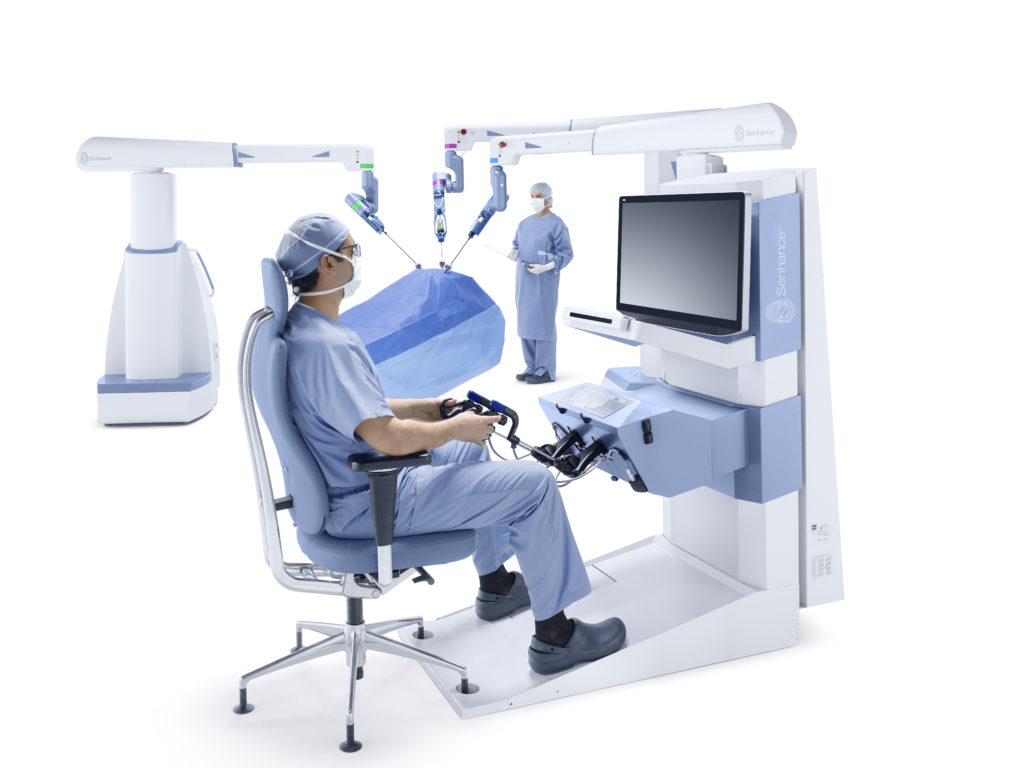The U.S. Food and Drug Administration (FDA) authorized marketing for Memic Innovative Surgery’s Hominis system for transvaginal hysterectomy. According to the FDA, Hominis is the first FDA-approved robotically-assisted surgical device for performing transvaginal hysterectomy, with indication for performing benign hysterectomy with salpingo-oophorectomy.
Using minimally invasive surgical instruments inserted through the vagina and a video camera inserted laparoscopically through a small incision on the abdomen, the Hominis surgical system is designed to remove the uterus. The transvaginal approach requires fewer incisions on the abdomen compared to the traditional laparoscopic hysterectomy, the FDA said.
Surgeons in the operating room control instruments during the procedure through the Hominis system console, for which the FDA will require Memic to develop and provide a training program for surgeons and operating room staff to complete before operating the device.

Memic Innovative Surgery’s Hominis system for transvaginal hysterectomy. | Credit: Memic Innovative Surgery
The FDA evaluated the safety and effectiveness of the system in a trial of 30 patients undergoing transvaginal total hysterectomy with salpingo-oophorectomy or salpingectomy for benign conditions. Patients were spaced out age-wise, ranging from 37 to 79 years old, while 63% of patients had different comorbidities.
All 30 of the procedures done with Hominis were successfully completed with no conversions to an open laparoscopic surgical approach or another form of such an approach. Minor blood loss, urinary tract infection and the delayed healing of the closure made at the top of the vagina were observed as adverse events during the procedures.
“We are providing physicians and patients another minimally-invasive gynecologic surgical option for non-cancerous conditions,” FDA director of the Office of Surgical and Infection Control Devices in the FDA’s Center for Devices and Radiological Health Dr. Binita Ashar said. “The FDA continues to support advancements in safe and effective medical devices that can improve patient experiences when undergoing surgical procedures.”
Editor’s Note: This article first appeared on our sister website MassDevice.
The post First robot-assisted system for transvaginal hysterectomy approved by FDA appeared first on The Robot Report.
